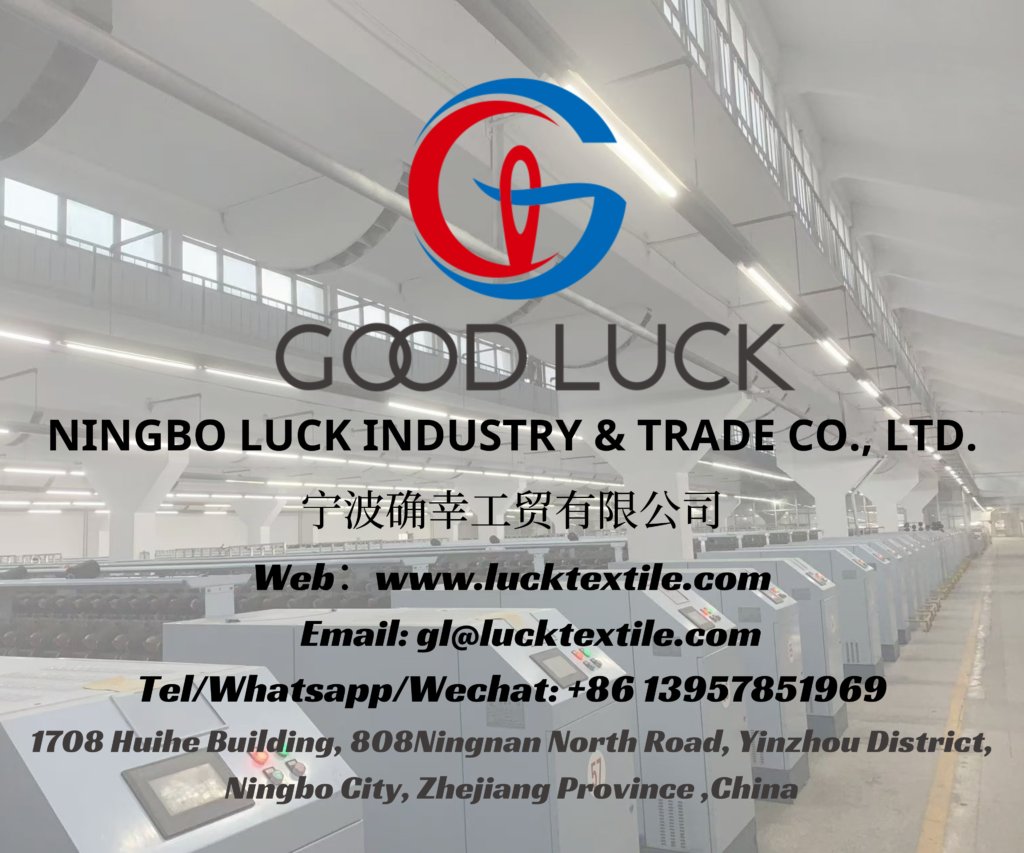Among numerous textile fibers, cotton fiber stands out as one of the most common fabric materials in daily life, thanks to its softness, comfort, breathability, and skin-friendliness. As the seed fiber of cotton, it wraps around cotton seeds, serving as a high-quality textile resource bestowed by nature. Today, we’ll delve into the origin distribution and variety classification of cotton fiber to uncover the secrets of this “national fiber”.
Global Cotton Production Map: Countries Breeding High-Quality Cotton
The quality of cotton fiber is closely linked to the climate and soil conditions of its origin. Currently, many countries worldwide grow cotton on a large scale. Major cotton-producing countries include the United States, China, Russia, Egypt, India, Pakistan, Brazil, and Sudan. China is not only a major cotton producer but also an important source of high-quality cotton. For example, the Xinjiang region, with its large temperature differences between day and night and abundant sunlight, produces long-staple cotton renowned globally for its quality. Egyptian long-staple cotton, famous for its slender fibers and high luster, is a popular raw material for high-end cotton products. American upland cotton (fine-staple cotton) has stable output and holds an important position in the global cotton textile market.

Classification of Cotton Fiber Varieties: Quality Differences Based on Uses
Based on fiber characteristics and uses, cotton fiber is mainly divided into three categories: fine-staple cotton, long-staple cotton, and coarse-staple cotton. Each differs in output, distribution, and application scenarios.
Fine-Staple Cotton: The “Main Force” of Cotton Textiles
Fine-staple cotton, also known as upland cotton, is currently the most abundant and widely distributed cotton variety. Its fiber length typically ranges from 25 to 31 millimeters, with moderate linear density, pure white color, and good spinnability. Due to its high yield and cost-effectiveness, fine-staple cotton serves as the main raw material for cotton textile products. Most daily items like T-shirts, jeans, and bedding are made from fine-staple cotton, meeting people’s basic needs for comfortable fabrics.

Long-Staple Cotton: The “Golden Raw Material” for High-End Cotton Products
Long-staple cotton, also called sea-island cotton, is the “top student” among cotton fibers. Its fiber length can exceed 33 millimeters. Not only are the fibers slender and soft, but they also have good elasticity and high breaking strength. Fabrics made from it are more breathable, wear-resistant, washable, and have a natural luster. Due to high planting requirements and relatively low yield, long-staple cotton is mainly used in high-end cotton textiles, such as premium shirts, mercerized cotton T-shirts, and luxury bedding, offering a more delicate and comfortable wearing experience.

Coarse-Staple Cotton: A Traditional Variety Gradually Fading from Mainstream
Coarse-staple cotton, also known as Asian cotton, has short and thick fibers, mostly under 20 millimeters in length. It has poor elasticity and luster, with low spinnability. With the widespread cultivation of fine-staple and long-staple cotton, the output of coarse-staple cotton has decreased significantly. Currently, it is only grown in small quantities in some regions, mainly used for making cotton batting, rags, and other products with low fiber quality requirements, gradually fading from the mainstream textile raw material market.
From high-quality cotton in global origins to characteristic differences among varieties, cotton fiber meets diverse needs from daily wear to high-end textiles with its varied qualities. With this knowledge, next time you choose cotton products, you can quickly judge the fabric’s quality and applicable scenarios based on labels like “fine-staple cotton” or “long-staple cotton”!


